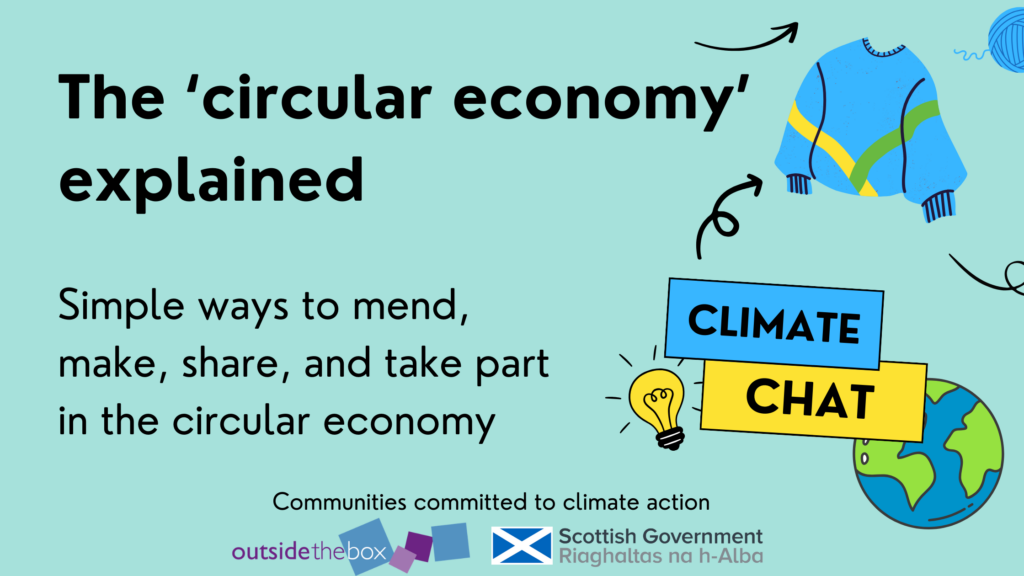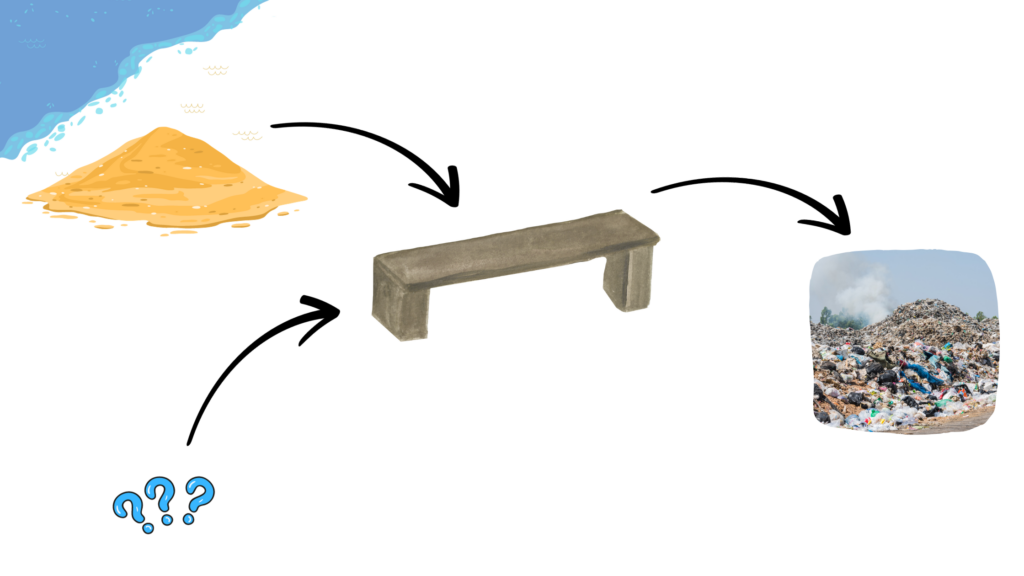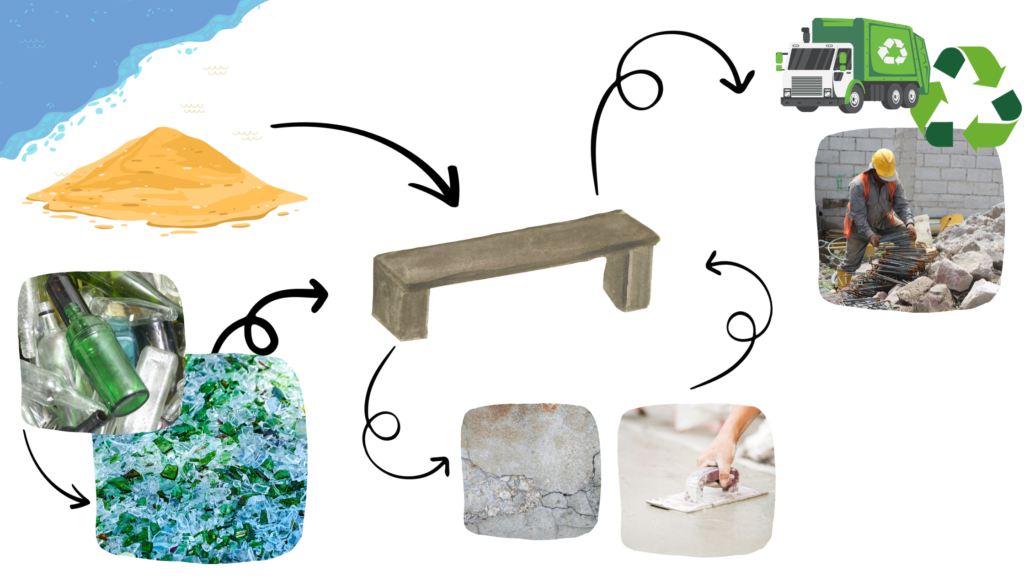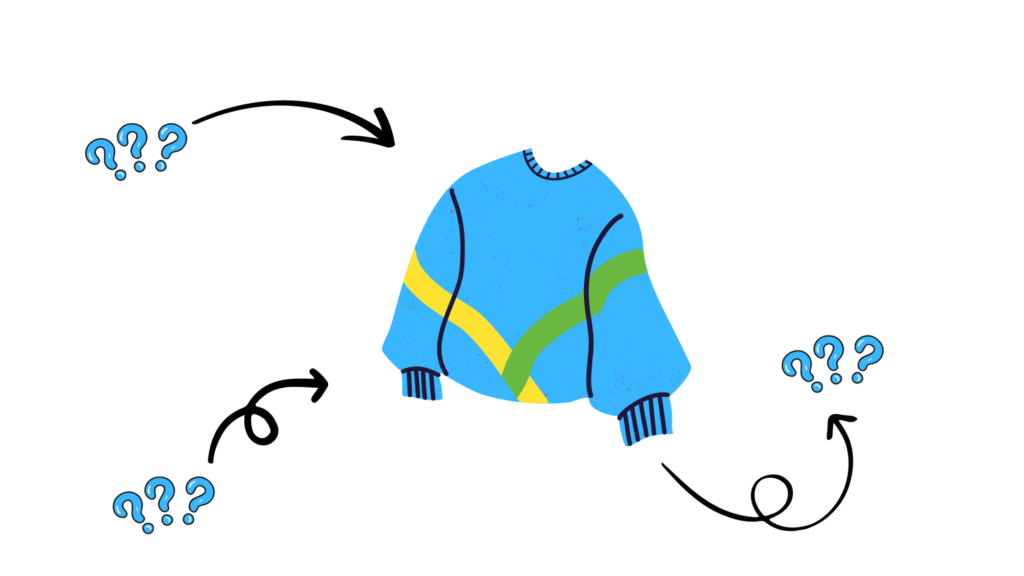Climate Chat: What is the circular economy?

This blog introduces the ‘circular economy’ in Scotland, and how everyone can be part of it – to save money, protect the environment, and support our communities.
The circular economy is for everyone
When we think about ‘economics’, most of us feel like it’s too complex, mathematical and inaccessible to fully understand. We can feel how the economy impacts us, but of course we can’t see the whole economy.
But everyone can think and talk about the economy, and change how it works. In fact, the economy is likely to work better – for us and for the planet – if more different people in communities across Scotland have a say in it.
‘Circular economics’ is one important idea communities are using to change things.
So what is circular economics?
It’s about what’s valued. It means making economic decisions which also value the environment and natural resources.
The language of the ‘circular economy’ can be quite complex. When people talk about ‘loops of material flows’ it can feel quite vague. In concrete terms, it means thinking about where things come from, and where they go, and finding ways to minimise the climate impact from the beginning to the end of the thing’s life. For example, a concrete bench could be made from raw materials (like sand), and when it breaks it could be sent to landfill. This would be a short life journey, with no loops – not very circular at all.

A more ‘circular’ life journey for a concrete bench could mean reducing the raw materials used, using some recycled materials, mending the bench when it breaks, and finding a way to get more value from the materials when it’s too broken to mend. Here there are loops where materials flow back into the economy to be used and valued again. These circles mean the economy creates less waste, and more value.

Another simple way to see the ‘circular economy’ is as a recycling economy. It puts ‘reduce, re-use, re-cycle’ fully into practice. And it also needs to ‘renew’ – caring for the environment and making sure it can replenish the natural resources we use.
The economy in Scotland is overall not a circular economy, and it still sends things to landfill when they could be used to make something new. But there are more circles forming, as businesses and people choose to do circular economics. And this is growing, as lots of people want to make the economy work better for their communities and the environment.
Follow your curiosity
If you’re interested in learning more about where things come from, and where they go, you can ask questions and do a bit of research.
Here’s an example of investigating a woolly jumper.

What’s the jumper made of?
I knitted this jumper with yarn someone in the community gave me for free, over Facebook. They didn’t need the yarn any more, and I was glad to save money. That’s one loop of re-use, which is great!
What’s the yarn made of?
I don’t know, the yarn came without a label. We often don’t really know what the objects we use are made of. A quick search on the internet, and looking at the material closely, tells me it’s likely a mix of wool and acrylic.
I know wool comes from sheep, but I have no clue how acrylic is made! The internet tells me the main ingredient is ‘methyl methacrylate’, which is a plastic made from natural gas or oil. And this gas or oil was created over millions of years, from dead plants and animals (maybe dinosaurs). So acrylic is not renewable (on a human timescale), and the fossil fuels it’s made of are running out. I can’t change what the yarn is made of, but I can keep asking questions.
What are the other options?
And how do I reduce the impact of the yarn I use next time? These are some quick ideas:
Reduce: Don’t get more than I need.
Re-use: Ask in local social media groups, or sharing apps – ‘Does anyone have any extra wool I can have for free?’ . Or I can look in charity shops, libraries of things, or a re-use hub. I could buy second-hand wool online.
Renew: In circular economics, it’s also important to think about whether the natural material can be regenerated, or if it will run out. If I want to buy a new yarn that can be regenerated, I might look for wool or a plant fibre like cotton, as these grow every year. Then I’d think about how that fibre is farmed – is it made in a sustainable way for the environment? This would mean farming with less water and chemicals and caring for the ecosystem. I might worry that eco-friendly wool will be too expensive – but it isn’t always – it’s worth a look.

Repair and maintenance and come next. This jumper will last longer if I take care of it, and mend it if it gets a hole.
Can I re-use, re-make or recycle it?
Last are questions about where the materials go after we use them.
If the jumper doesn’t fit I can give it to someone else. But what if it’s at the end of it’s life? It could put it in the bin and it’d go to landfill, but this wouldn’t value the materials. Even old materials usually have value – we need to see the value in them, and make the most of it. Here are some ideas:
- I could unravel the jumper – use the wool to knit something else, like socks
- Felt the jumper – make something else out of it, like a bag
- Use it as bedding for a pet
- Ask a fabric re-use hub if it’s useful to them.
If you can’t re-use something, there are lots of ways to return it to the circular economy. Sharing any extra materials, or things you don’t need, reduces your environmental impact and helps other people save money. You can share with:
- People you know
- Local Facebook group or community app
- Some things like clothes and furniture can go to charity shops
- Zero Waste Scotland’s Re-use Tool can help you find re-use hubs near you
- Zero Waste Scotland’s Recycling Locator tool helps you find exactly where to recycle what.
Easy ways to re-make with used materials
Beyond understanding the circular economy, there are practical ways it can be useful. Mending and making things can save money and help make people warm and happy. Here are some quick ideas for re-using materials, or making sure they go to someone who can re-use them to create more value.
- Making a draught excluder from old fabric is a great example. It can make your home warmer (using less energy on heating), and is very easy if you can sew. If you can’t sew, you can make a no-sew draught excluder using an old pair of tights or long socks.
- Use extra fabric to line the back of a pair of curtains.
- Knit or crochet a scarf with used yarn. The holey jumper from the example above could become a cosy scarf or two.
- Cards can be made at home, and newspaper and other used paper can be used for wrapping paper. If you do buy cards and wrapping paper, you can help them return to the circular economy by avoiding glittery paper, which can’t be easily recycled.
- Old fabric like jeans can be made into a bag or pencil case, for you or as a gift. You can make it unique to the person’s style, and it’ll be special because you took the time to make it.
- With some woodworking skills and tools, you can recycle wood into shelving, homes for birds and pollinators, or bigger projects like benches and tables. Check how the wood was treated to see what it can be used for – often there’s a code printed on the wood, which you can look up online.
Working together makes it easier
It’s also great to offer and ask for help, as we can’t do everything on our own. If you need to travel to get to a recycling hub or big supermarket to recycle things, you could ask a neighbour if they want to share the task and take turns. If you’ve got clothes to take to a charity shop or re-use hub, ask your friends if they want to join. There will be people in your community who find it harder to do the research or travel needed to recycle, and support from a neighbour or friend can help.
Learning skills that help us mend and make
We don’t all have the skills and material knowledge to be amazing at sewing, DIY, using tools, making clothes, cooking, etc. And that’s ok! As individuals we don’t need to have every skill, as whole communities we do. You could ask someone in your community to help you, or teach you a skill. People often enjoy sharing their skills – there might volunteers in your community who run skill-sharing events, or would like to.
If you like to learn in person, you could look for these options:
-
- Community re-use hubs
- Clothes repair workshops
- DIY workshops
- Tool libraries and other ‘libraries of things’
- Nine Public Libraries in Scotland have free ‘Lend & Mend Hubs’ where you can access equipment to repair, re-use and upcycle every items. Lend & Mend Hubs (scottishlibraries.org)
- Free courses
- Coffee and craft meet-ups or knitting groups.
If you like learning online or on your own, there are thousands of YouTube videos, blogs and guides teaching different skills. Most local libraries have lots of books on practical skills, patterns and recipes too. If you’re finding it hard to find these, a librarian can usually help.
What if there’s a gap?
Of course, the economy isn’t 100% circular – there may be gaps, and you may find there’s nowhere local to mend, share and recycle materials. You could encourage people and businesses you know to take the first steps, or you could try and set up a project or event.
Zero Waste Scotland’s collection of Re-use and Repair Resources is a great place to start for running a repair café, upcycling workshop or swap shop.
Zero Waste Scotland also have a guide on how to set up a Repair and Share organisation – with case studies, ways to get funding for your project, and lots of tips.
We hope you found this helpful! We always welcome input and ideas, and you can get in touch over social media or by using our contact form.
